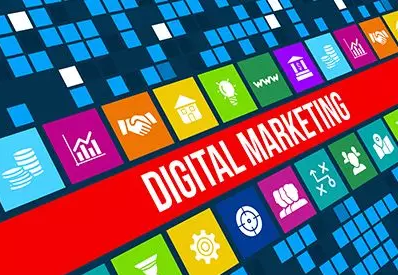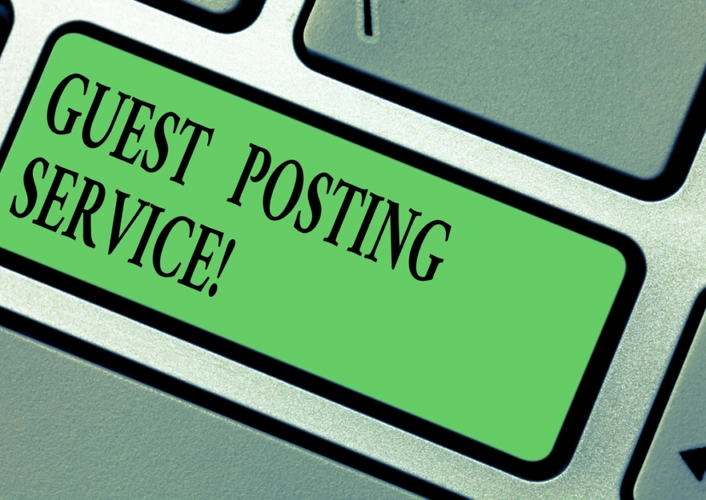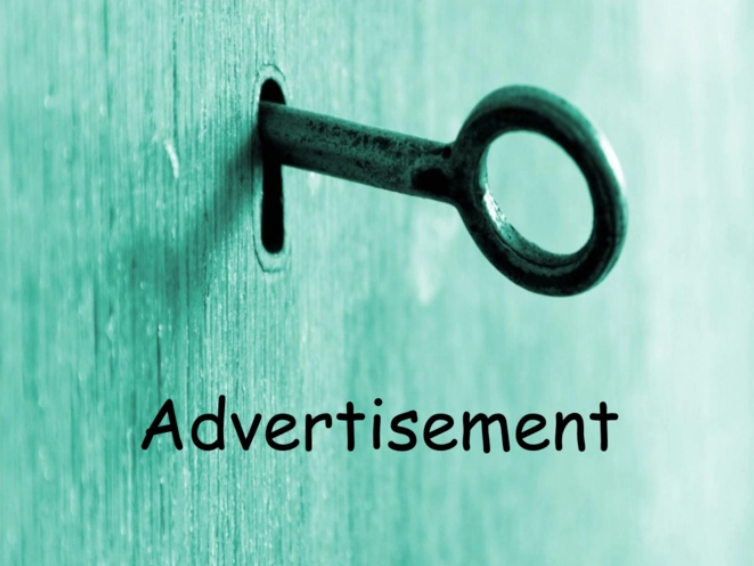The world is so busy, no one will waste an extra second on your copywriting. If your copywriting cannot catch people’s attention within 5 seconds, he will turn away without hesitation. To tell the truth, if we only have 5 seconds to seize the user, the copy-writing which has pain point is an important indicator of the real assessment of skill.
So, what are the requirements for qualified copy-writing which has pain point?
● Understand users
● Grasp user perception
● Starting from user scenarios
● Insight into user default behavior
● Reading habits design
● Appropriate emotional expression
…….
Of course, it is far more than above.

What should you do when you actually start to prepare a copy-writing which has pain point?
01
If you are a user, what do you want to see?
First, from the user’s perspective, we need to consider the following three aspects before writing a copywriting:
- What perception does your copywriting make users realize?
- What emotions does your copywriting make users call?
- What kind of desires does your copywriting cause users?
1. Cognition
What kind of knowledge and impression will your copywriting bring to the user’s brain? Are these knowledge and impressions what you want? To be more straightforward, how will users understand this copywriting after seeing it?
For example: If you are going to write copywriting for a cast iron steak pot, how would you write?
Let us first look at the advertising copywriting of an ordinary Taobao cast iron steak pot:

What is the first impression that comes to mind when you see the copywriting “Made in America, a century-old brand”?
If writing the copywriting directly like this, the memory recalled by the user is not what we want.
Let’s take a look at the cast iron steak pot carefully selected by Netease:

Will you start to think of the scene when you make steaks, and do you want to use it to make delicious steaks for yourself?
Therefore, based on the experience of the above cases, we can divide the user’s perception of us into three levels.
- lVisualization
Compared to the 10 million years of human evolution, humans have communicated with each other through body language, expressions, and sounds for tens of millions of years, which has shaped the brain to be extremely sensitive to “visual” language And it is easy to be awakened.
The most classic example is Martin Luther King’s ‘I have a dream’ speech.
I dream that one day, on the Red Mountain in Georgia, the sons of former slaves will be able to sit together with the sons of former slave owners and share brotherhood. Let us not drink from the cup of hostility and hatred in order to satisfy our desire for freedom.
In this inspiring speech, Martin Luther King painted a picture that people are looking forward to. The greatest speech of the 20th century is a strong demonstration of the high conversion rate brought by visualization.
Therefore, when you need to attract users’ attention more easily, you must try to use visual language to make the user’s brain easily read the content of the copywriting.
- Contrast
Like text, numbers are difficult to form visual feedback in the user’s brain to help quickly build awareness of the content. Since it is difficult for users to read “the actual size of money or numbers”, what should be expressed when copy-writing wants to reflect the advantages of performance, parameters, funds, etc. to make it easier for users to recognize smoothly?
We can still find this answer from the ancient history, that is, people tend to use “comparison” to evaluate the value, which is a simple and efficient survival assessment law that nature gives humans.
For example, the discount labels commonly used in supermarkets in the figure below clearly compare prices:

Therefore, in your copy-writing which has pain point,you can try to find “anchor” as a reference, and then highlight the advantages of your own products.
- Labeling
For a little-known new product, the first concept you need to convey to users should be: who am I (category) and what can I do.
The premise of the sore copywriting is to lock the content you want to convey into the user’s mental hard drive.
The brain is an organ that likes to be “lazy.” As early as in the wild times, when the ancestors first dealt with strangers, they quickly made a preliminary preset for this person: “enemy” or “trustworthy companion” or “temporary partner” or ” Potential considerations (when opposite sex)”.
Therefore, in the copy-writing which has pain point, we must grasp the principle of labeling-tell users the “category” of the product.
Once the user is told about the category of a new thing, the brain can easily recognize “what is this category”, and at the same time it produces a preliminary “expectation”. The categories and expectations can be used as the starting point for product highlights.
2. Emotion
What emotions do you want users to see when you see your copywriting? Is this emotion you want to trigger?
In many cases, copy-writing not only means “a fact” or “a piece of evidence” (calling cognition), but also means some kind of support, some kind of opposition, some kind of anger, and some kind of fear (calling emotions).
- Close to reality, increase the sense of substitution
Emotional copy-writing has a strong sense of substitution, such as the love of childhood cartoons, the reluctance and sadness of couples who graduated from different places, and the desire to become famous overnight. Substitute the feelings of life scenes in the copywriting. The closer the copywriting is to reality, the more joy and sorrow you feel, the user can also feel it.
For example, “forget the key” can be said to be a small trouble that almost everyone has experienced. 360 security door locks in the product poster of its security door locks, by depicting the embarrassing scene brought by forgetting to bring the key, let the user have a sense of substitution and awareness To the convenience of using a fingerprint to open the door.

- It is better to use the first person than the third person
People are only interested in two types of things, one is related to themselves and the other is what they like.
The first person can have a strong subjective feeling. For example, what kind of emotion does “I” have, what kind of emotions and emotional demands does it have. When you start to use “me” to read the ad copywriting, you can find out whether the product can solve the “me” problem?
- Look for a sense of fall and surprise, and create emotional contrast
Drops can arouse people’s fighting spirit, and surprises can increase their enthusiasm. The strong contrast between the two can drive the user’s mood down and up. This emotional contrast can drive the user’s emotions and achieve the effect of copy-writing.
3. Desire
What desires will users call when they see the copywriting? Is this desire you want to evoke?

Eugene Schwartz said in “Innovative Advertising”:
copy-writing cannot create the desire to buy goods. It can only evoke hopes, dreams, fears, or desires that originally existed in the hearts of millions of people, and then direct these “existing desires” to specific goods.
This is the task of all copywriters: what you do is not to create the desire of the public, but to guide it to where you want it.Good copy-writing is good at using human desires.
02
Where do you want users to see your copywriting?
If you want to further dig the content of the copy-writing which has pain point, you must find the contact point of the copy-writing which has pain point and the user. The point of contact here refers not only to WeChat, Weibo, QQ space, Baidu Tieba, Zhihu, Douban and other Internet behavior contact points, but also to the traditional media behavior contact points such as TV, newspapers, magazines, radio and Focus Media.
We take airlines as an example to analyze customer experience and customer touch points in six major links of customer contact: before purchase, during purchase, after purchase, before travel, during travel, and after travel.
The first step is to systematically design touch points
Airlines can analyze and research customer contact points at a deeper level in all aspects. The management of the customer contact process at each customer contact point is essentially a dynamic and complete management of the company’s product or service provided to the customer. It can be used as a basis. From the perspective of customer contact and customer experience, we can consider different copy-writing displays at each customer contact point, and systematically create airlines’ copy-writing which has pain point for users at different stages.
The second step is to analyze the customer touch points of each link
In the Internet era, customers and airlines have many contact channels for purchasing air tickets, such as websites, forums, and mobile devices. Taking the purchase of airline tickets by customers as an example only, the customer’s multimedia contact channels and contact points can be briefly analyzed as follows:
By analyzing the contact points of airlines in different channels, you can design the content of copy-writing which has pain point based on the overall marketing goals, and constantly optimize the iterative copy-writing which has pain point system through traffic and transformation innovation.
When placing advertisements for product copy-writing which has pain point in different scenarios, you also need to consider the user’s decision costs, action costs, and reading time. For example, products with high decision costs such as air tickets need to connect different channels of contact points to guide users into other scenarios with copy-writing which has pain point. For example, let customers swipe the QR code to follow the public account, or leave interested contact information, and then follow up to convert.

The third step is to conduct a comparative analysis of competitors on customer touch points
By comparing competitor analysis, airlines can clearly know their own advantages and disadvantages in specific contact links. This can help airlines to understand the overall performance of the copy-writing which has pain point on all contact points of our customers.
03
self-check list of the copywriting
After solving the problem of what the user is looking at and where to look, a copy-writing which has pain point has been completed by 80%, and the rest is the follow-up inspection of the copywriting.
Through the copywriting self-check list, you can ensure that the overall content of each copy-writing which has pain point meets the user’s reading needs, allowing users to successfully spend the first five seconds and continue reading.
In summary, we can design the copy-writing which has pain point in 3 steps:
The first step: from three aspects of cognition, emotion and desire, sort out the basis of the copy-writing which has pain point.
Objective: From the user’s perspective, to design the starting point of the copy-writing which has pain point.
Step 2: Through the process, design the contact point between the copywriting and the user.
Objective: To grasp every channel that the copy-writing which has pain point reaches the customer, to design a systematic copy-writing which has pain point and to establish a feedback mechanism.
The third step: through the self-check list, optimize and sort out the formed copywriting.
Objective: Before the copy-writing which has pain point and the user really “meet”, conduct a final inspection according to the user’s reading needs to avoid the 5 second pit.
Well, if this article is helpful or inspiring to you, please help me share it with the people around you. thank!










